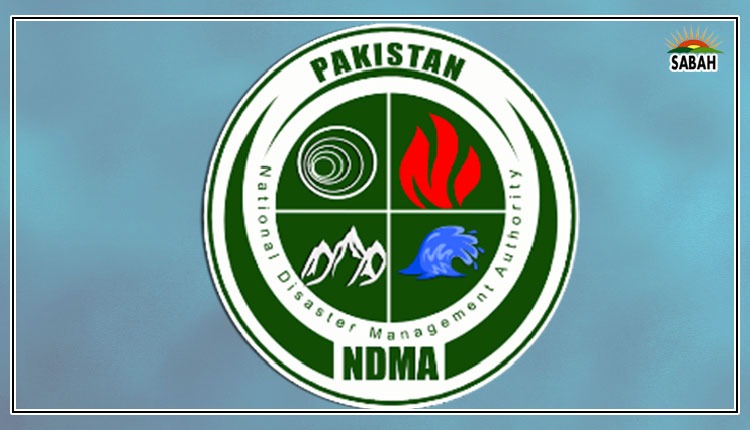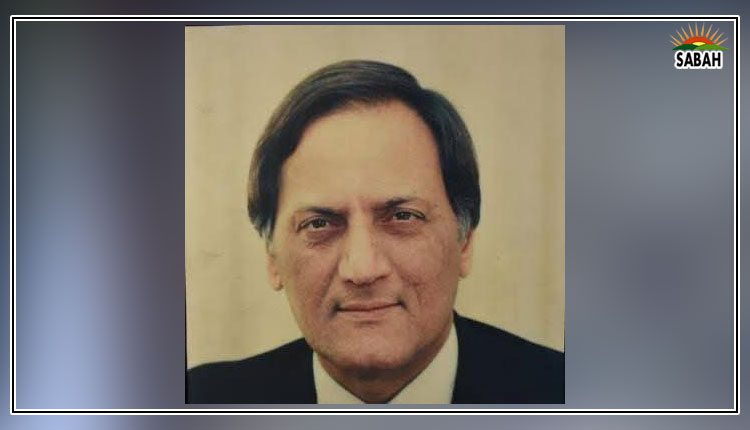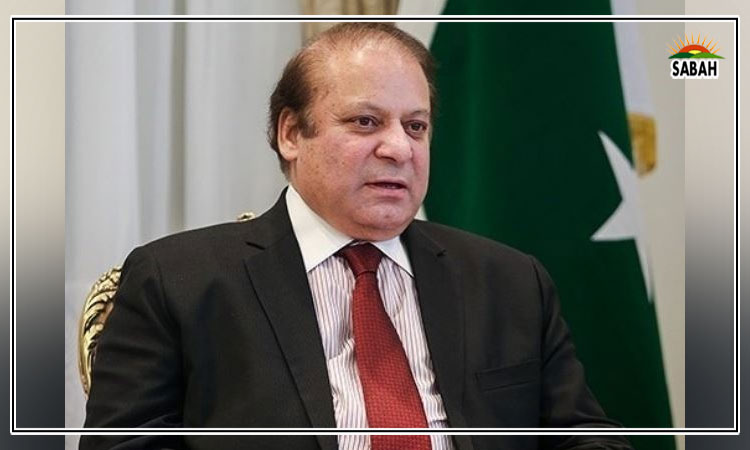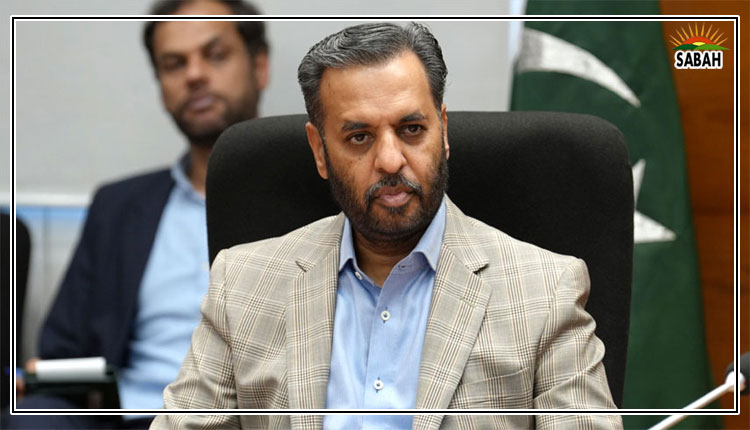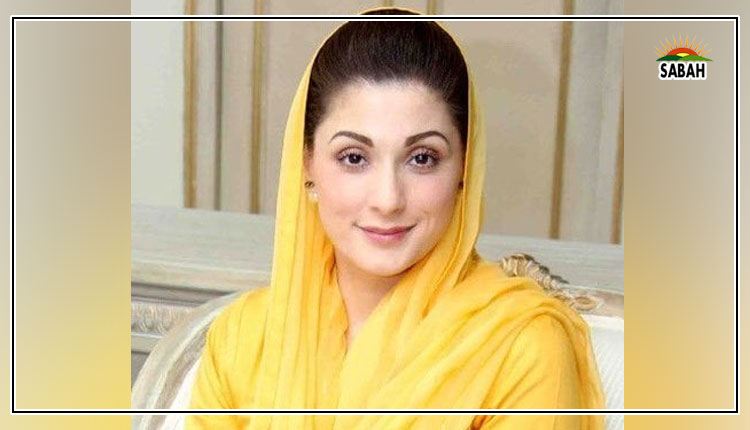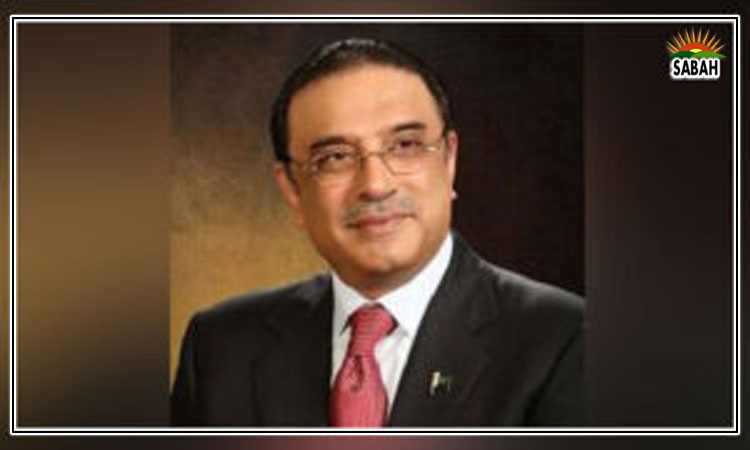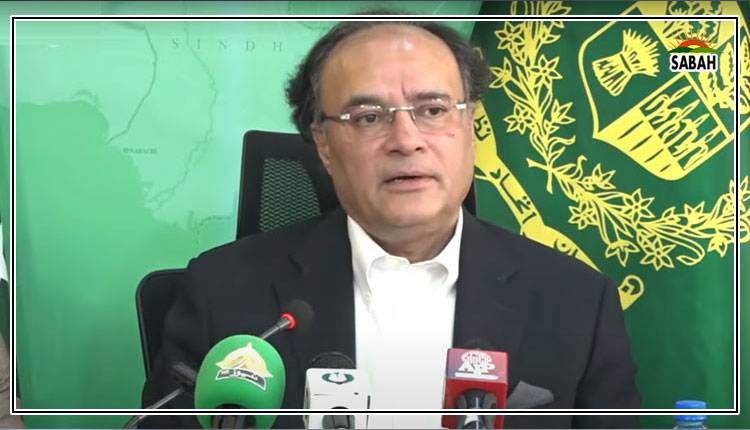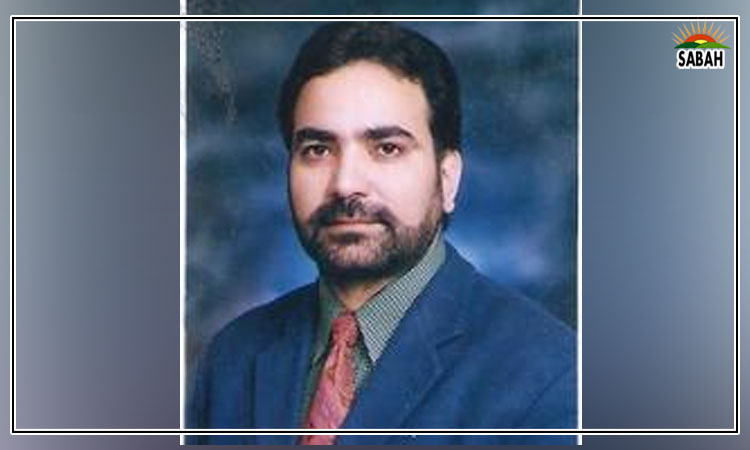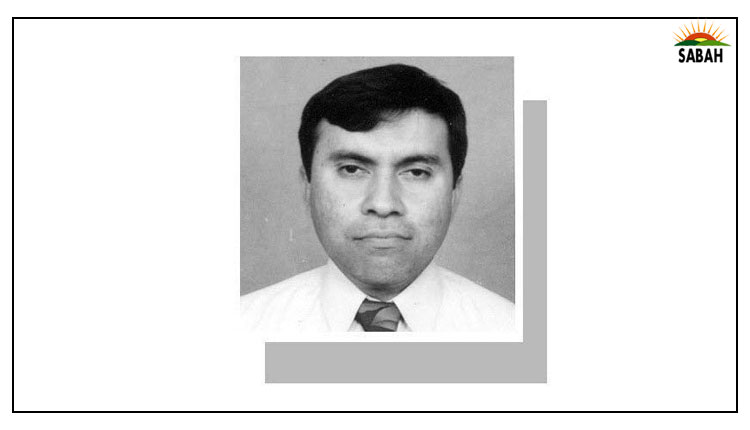Urban growth … Dr Noman Ahmed
ELECTIONEERING is finally visible and some political parties have released their manifestos or come up with outlines. Sadly, none employ scientific strategies and are devoid of practical responses to issues that plague the country. One concern is unplanned urbanisation, which has been on the rise at an exponential rate for 25 years. The only political parties to include the term ‘urban’ in their policies are Muttahida Qaumi Movement Pakistan (MQM-P) and Jamaat-i-Islami (JI).
Even this mention is skewed in favour of local governments — the MQM has stressed empowering the local government tier to a near ideal status; JI has kept its focus on Karachi, as per its evolving political desire to become the new representative of the metropolis. The PML-N and PPP have evaded the subject altogether with mere mentions of isolated initiatives. It is feared that, without a sound strategy on urbanisation by all components of state machinery, the ills of violence, rapid depletion of natural resources, reduced farm footprint, conflicts over land and resources and anomalous growth of larger cities will inflate to unmanageable levels.
According to the 2023 census, over 36 per cent of people in Pakistan live in urban settlements. Therefore, 80 million people reside in cities. The estimated growth is about twice the natural growth rate. Certain urban locations exercise a greater magnetic pull for the population. Islamabad and its hinterland, Karachi, Lahore, Faisalabad, Rawalpindi, Gujranwala, Gujrat, Peshawar, Quetta and their environs are some examples.
The provincial profile of urbanisation varies greatly and requires commensurate steps to manage it. For instance, Karachi accounts for a third of Sindh’s population and Lahore comprises about a twelfth of Punjab’s population. A core need is to analyse these trends scientifically for planned responses. The majority of people heading towards cities belong to low-income categories. They are destitute, uneducated and asset-less folks, with limited or no skill sets to survive urban life. One of the essential needs for such people is shelter and housing, but formal options are absent in cities. These people build basic shelters in remote locations — along railway tracks, garbage dump yards, river or drain banks or wastelands — and face threats of eviction.
Parties must reveal their approach to urbanisation.
Overcrowded housing is a common sight in city centres as the cost of land and construction is exorbitant. In many instances, the poor turn to crime for easy money. Politically motivated gangs with ulterior motives use these ‘neo-urban dwellers’ for nefarious and anti-social activities. This undesirable dimension of urbanisation overwhelms the progress of cities and peri-urban settlements. In other words, small mercenary groups overshadow the collective will and potential of the majority. Political parties ought to inform voters about their programmes to curb urban violence, weapon licence rackets and internal displacement. While Quetta, Karachi, parts of KP and Balochistan endure a severe tide of these factors, more cities are likely to be impacted.
A few years ago, a task force on urban development was constituted by the Planning Commission to deal with and address matters faced by cities. The task force, after deliberations, provided recommendations to transform cities into engines of growth. It was a pertinent solution, which now needs many prerequisites to be fulfilled at the political level. Many other technical initiatives in the form of city plans and sectoral plans have been prepared by provincial governments for large and medium-sized cities. These documents provide a general understanding of key problems and planning solutions for concerned stakeholders, including politicians.
Political parties must inform the electorate about their approach towards urbanisation. Core policy issues — regularising and accommodating neo-urban dwellers, expansion of cities, venture capitalist projects for high-end real estate development, adjusting subsidies on land, housing and infrastructure for the underprivileged, autonomy for local government, protecting ecological assets, addressing climate issues, enhancing urban revenue generation, institutionalising urban and regional planning on scientific grounds and de-concentrating population from primate cities through incentives — are areas that should be tackled by politicians.
These factors are vital because they have a direct bearing on the life of every citizen. Additionally, the parties would do well to inform us about the measures they intend to take for law and order, revamping security forces for urban and regional safety, governance and administration. The voters will then be better placed to connect with the prospective responses of political parties to make informed choices.
The writer is an academic and researcher based in Karachi.
Courtesy Dawn, January 27th, 2024


